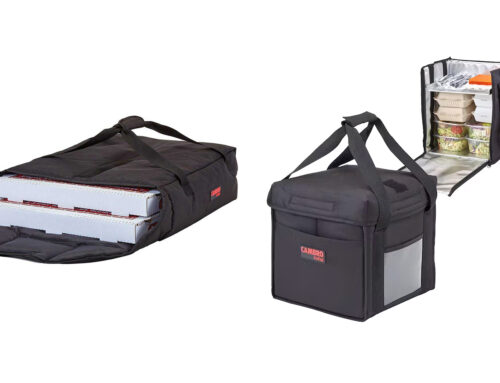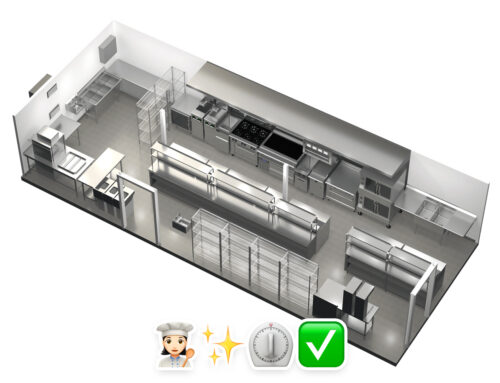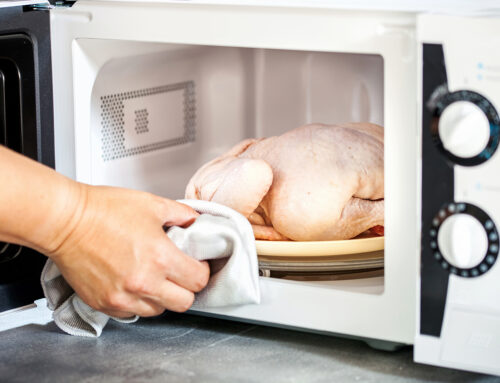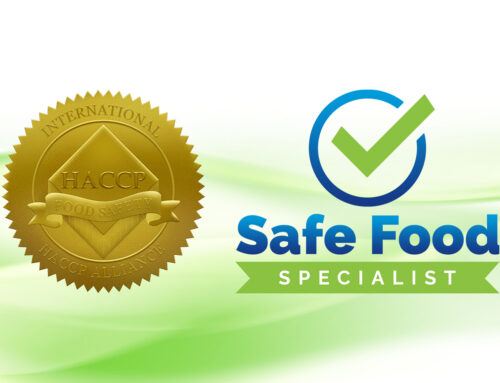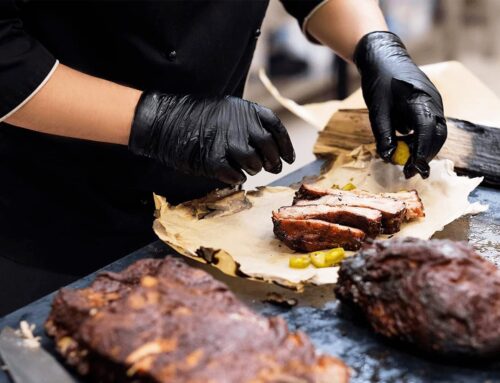2023 Recap of ‘Food for Thought’
I’m Linda Petterson, a Certified Food Safety Instructor/Proctor with ServSafe of the National Restaurant Association and with Always Food Safe, here with a 2023 recap of my podcast ‘Food for Thought.’
‘Food for Thought’ is a monthly segment aired on Riverbender.com’s Our Daily Show! on the first Friday of every month, covering an exciting food safety topic with each new episode.
For our 2023 Recap, here are…
11 Takeaway Food Safety Tips:
1. Handwashing is one of the best ways to remove germs, avoid getting sick, and prevent the spread of germs to others. The official water temperature for handwashing is 100 degrees Fahrenheit.
2. A 3 compartment sink consists of one compartment for washing, rinsing, and sanitizing, and can only be effective if used in the correct order.
3. The use of food thermometers is essential to prevent undercooking and foodborne illness. There are 5 types of food thermometers: Bimetallic-coil, Thermocouple, Thermistor-style, Maximum Registering, and Time-Temperature Indicator (TTI).
4. The 9 Major Food Allergens are Milk, Eggs, Fish, Crustacean shellfish, Tree nuts, Peanuts, Wheat, Soybeans, and Sesame.
5. Sanitizers kill 99% of bacteria and should be used on food contact surfaces like dishes, cutting boards, food prep tables, and more.
6. For proper food storage order, shelves should be ordered from lowest cooking temperature to highest, going down; ready-to-eat food should be stored on the top shelf, while poultry and dishes incorporating previously cooked foods, like casseroles, should be stored on the bottom shelf.
7. The 4 Types of Safety Gloves are Cut Protection, Thermal Protection/Oven, Chemical Protection, and Latex/Nitrile/Synthetic.
8. Hazard Analysis & Critical Control Point (HACCP) is a management system in which food safety is addressed through the analysis and control of biological, chemical, and physical hazards.
9. Bacteria grow rapidly between the temperatures of 40 and 140 degrees Fahrenheit. After food is safely cooked, hot food must be kept hot at 140 degrees Fahrenheit or warmer, while leftovers must be cooled, as fast as possible, and kept at 40 degrees Fahrenheit.
10. A commercial kitchen’s layout can determine how smoothly the restaurant functions and the ability to control Food Safety.
11. Food transportation should maintain food quality standards and keep a scheduled timeline to prevent food contamination.


